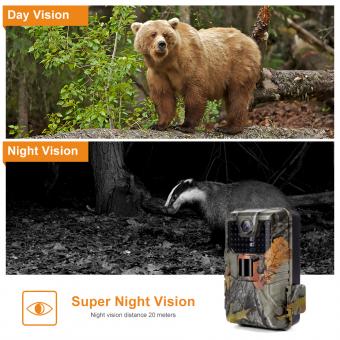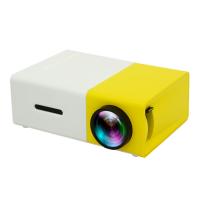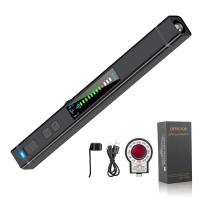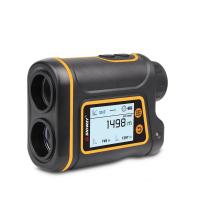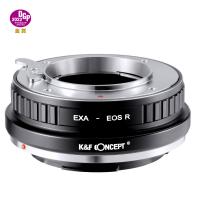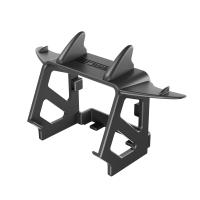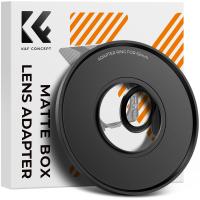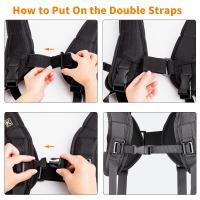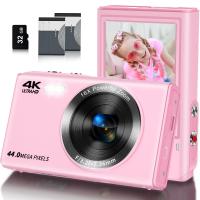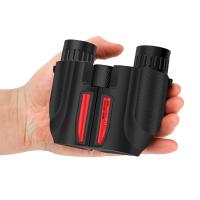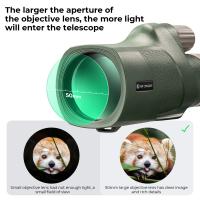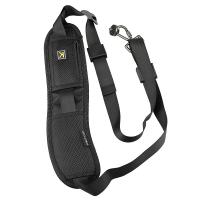How To Use A 35mm Digital Camera ?
To use a 35mm digital camera, you will need to follow these basic steps:
1. Insert the battery and memory card: Open the battery compartment and insert the battery. Then, insert the memory card into the designated slot.
2. Turn on the camera: Press the power button to turn on the camera.
3. Adjust the settings: Use the camera's menu to adjust the settings, such as ISO, shutter speed, and aperture.
4. Frame your shot: Look through the viewfinder or LCD screen to frame your shot.
5. Focus: Use the autofocus or manual focus to focus on your subject.
6. Take the photo: Press the shutter button to take the photo.
7. Review the photo: Use the camera's LCD screen to review the photo you just took.
8. Transfer the photos: Connect the camera to your computer using a USB cable to transfer the photos to your computer.
9. Edit the photos: Use photo editing software to edit the photos as desired.
10. Share the photos: Share the photos with friends and family or post them online.
1、 Camera Settings and Modes

Using a 35mm digital camera can be a bit intimidating for beginners, but with a little bit of practice and knowledge of camera settings and modes, you can capture stunning photos. Here are some tips on how to use a 35mm digital camera:
1. ISO: ISO determines the sensitivity of your camera's sensor to light. A higher ISO is useful in low light situations, but it can also introduce noise or grain to your photos. A lower ISO is ideal for bright conditions. The latest cameras have a wide range of ISO settings, allowing you to capture photos in almost any lighting condition.
2. Aperture: Aperture controls the amount of light that enters the camera. A wider aperture (lower f-stop number) allows more light to enter the camera, resulting in a shallow depth of field and a blurred background. A smaller aperture (higher f-stop number) allows less light to enter the camera, resulting in a deeper depth of field and a sharper background.
3. Shutter Speed: Shutter speed determines how long the camera's shutter remains open. A faster shutter speed is ideal for capturing fast-moving objects, while a slower shutter speed is useful for capturing motion blur or long exposures. The latest cameras have a wide range of shutter speeds, allowing you to capture photos in almost any situation.
4. Modes: Most 35mm digital cameras have different modes that you can use depending on the situation. For example, the portrait mode is ideal for capturing portraits, while the landscape mode is ideal for capturing landscapes. The latest cameras also have advanced modes such as sports mode, night mode, and macro mode, allowing you to capture photos in almost any situation.
In conclusion, using a 35mm digital camera requires a bit of practice and knowledge of camera settings and modes. With the latest cameras having a wide range of settings and modes, you can capture stunning photos in almost any situation.
2、 Focusing Techniques
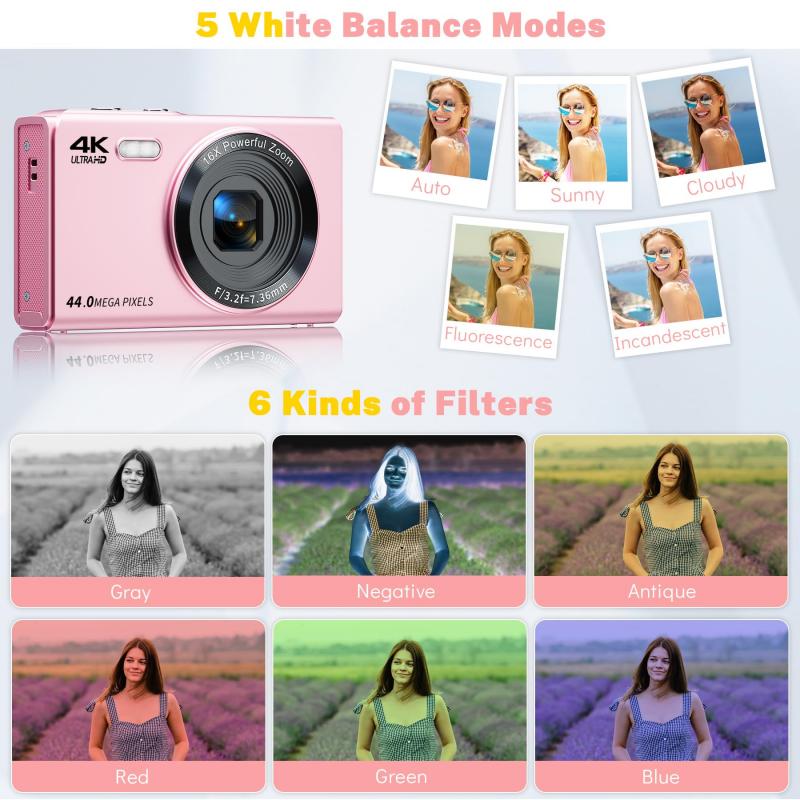
Focusing is one of the most important aspects of photography, and it can make or break a shot. Here are some tips on how to use a 35mm digital camera and master focusing techniques:
1. Autofocus: Most 35mm digital cameras come with an autofocus feature that automatically focuses on the subject. This is a great option for beginners who are still learning how to focus manually.
2. Manual Focus: For more advanced photographers, manual focus is the way to go. This allows you to have complete control over the focus and can result in sharper images.
3. Focus Points: Many 35mm digital cameras have multiple focus points that you can choose from. This allows you to focus on specific areas of the image and can be especially useful when shooting portraits.
4. Depth of Field: Understanding depth of field is crucial when it comes to focusing. The depth of field refers to the area in front of and behind the subject that is in focus. A shallow depth of field can create a beautiful bokeh effect, while a deep depth of field can keep everything in focus.
5. Focus Assist: Some 35mm digital cameras have a focus assist feature that can help you achieve sharper focus. This feature can be especially useful in low light situations.
6. Continuous Autofocus: If you're shooting a moving subject, continuous autofocus can help you keep the subject in focus as it moves.
In conclusion, mastering focusing techniques is essential for capturing great photos with a 35mm digital camera. Whether you're using autofocus or manual focus, understanding depth of field and utilizing focus assist features can help you achieve sharper, more professional-looking images.
3、 Exposure Control and Metering
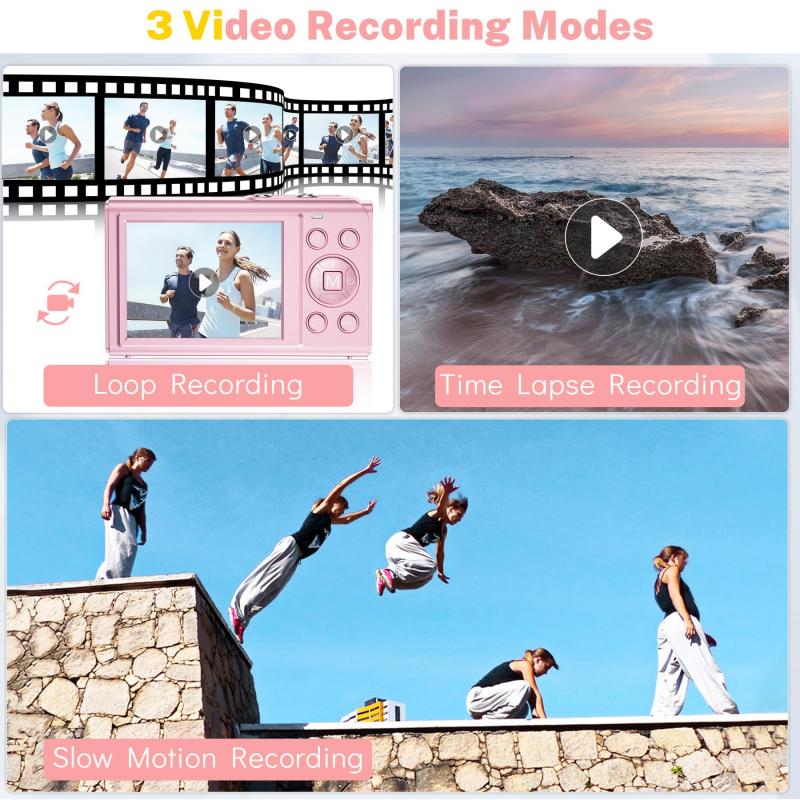
Exposure Control and Metering are two important aspects of using a 35mm digital camera. Exposure control refers to the amount of light that enters the camera and affects the brightness of the image. Metering, on the other hand, refers to the camera's ability to measure the amount of light in a scene and adjust the exposure accordingly.
To use a 35mm digital camera, start by selecting the appropriate exposure mode. Most cameras offer a range of modes, including manual, aperture priority, and shutter priority. In manual mode, you have full control over the exposure settings, while in aperture and shutter priority modes, the camera will adjust the other setting automatically.
Next, set the ISO to the appropriate level for the lighting conditions. Higher ISO settings are better for low light situations, while lower ISO settings are better for bright conditions.
When taking a photo, use the camera's metering system to determine the correct exposure. Most cameras offer several metering modes, including spot, center-weighted, and matrix. Spot metering measures the light in a small area of the scene, while matrix metering measures the light across the entire frame.
Finally, adjust the aperture and shutter speed to achieve the desired exposure. A wider aperture will let in more light, while a faster shutter speed will reduce the amount of light entering the camera.
In recent years, many 35mm digital cameras have added advanced features such as automatic exposure bracketing and exposure compensation. These features can help you achieve the perfect exposure in challenging lighting conditions.
Overall, mastering exposure control and metering is essential for getting the most out of your 35mm digital camera. With practice and experimentation, you can learn to create stunning images in any lighting situation.
4、 Lens Selection and Usage
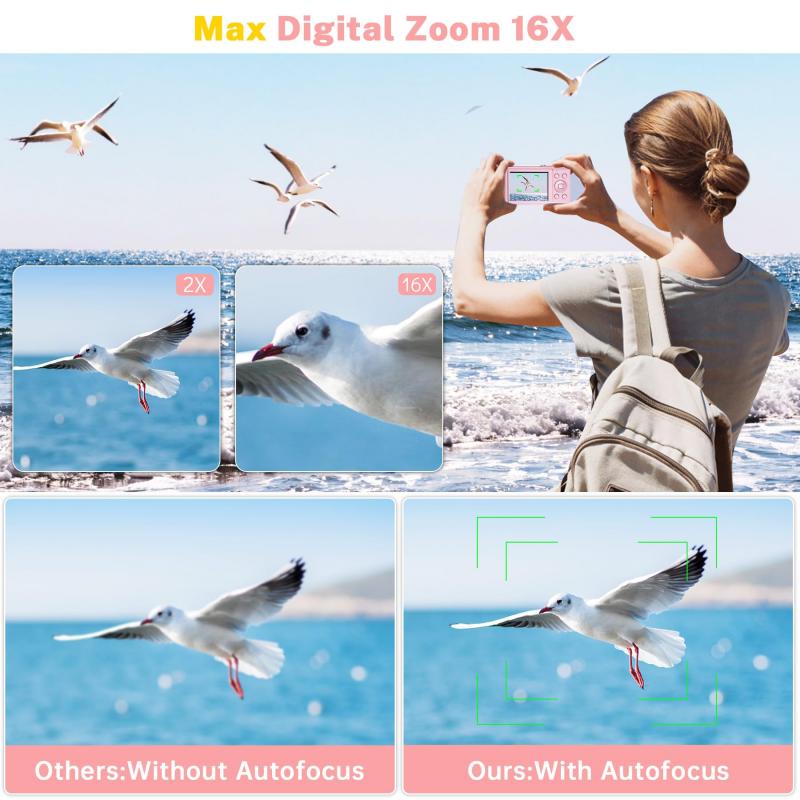
When using a 35mm digital camera, selecting the right lens is crucial to achieving the desired results. The lens you choose will depend on the type of photography you plan to do. For example, if you are interested in landscape photography, a wide-angle lens would be ideal. On the other hand, if you are interested in portrait photography, a telephoto lens would be more appropriate.
When selecting a lens, it is important to consider the aperture, focal length, and image stabilization. The aperture determines how much light enters the lens and affects the depth of field. The focal length determines the angle of view and the magnification of the subject. Image stabilization helps to reduce camera shake and produce sharper images.
Once you have selected the appropriate lens, it is important to use it correctly. When using a zoom lens, be sure to zoom in or out slowly and smoothly to avoid camera shake. When using a prime lens, you will need to physically move closer or further away from the subject to adjust the framing.
In addition to lens selection and usage, it is important to keep your camera and lenses clean and well-maintained. This includes regularly cleaning the lens and sensor, storing the camera and lenses in a dry and dust-free environment, and checking for any signs of wear or damage.
Overall, using a 35mm digital camera requires careful consideration of lens selection and usage, as well as proper maintenance and care. With the right equipment and techniques, you can capture stunning images that showcase your creativity and skill.



